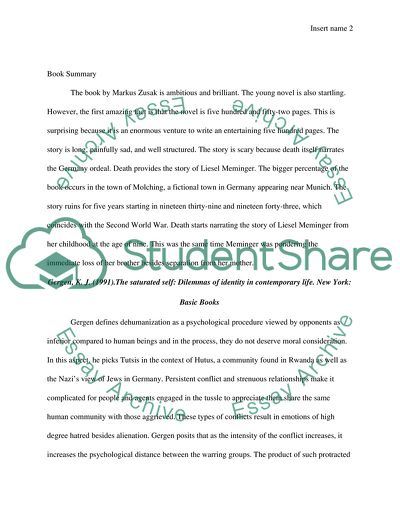Cite this document
(Analysis of the Book Thief by Markus Zusak Assignment, n.d.)
Analysis of the Book Thief by Markus Zusak Assignment. https://studentshare.org/literature/1821434-the-book-thief-by-markus-zusak
Analysis of the Book Thief by Markus Zusak Assignment. https://studentshare.org/literature/1821434-the-book-thief-by-markus-zusak
(Analysis of the Book Thief by Markus Zusak Assignment)
Analysis of the Book Thief by Markus Zusak Assignment. https://studentshare.org/literature/1821434-the-book-thief-by-markus-zusak.
Analysis of the Book Thief by Markus Zusak Assignment. https://studentshare.org/literature/1821434-the-book-thief-by-markus-zusak.
“Analysis of the Book Thief by Markus Zusak Assignment”. https://studentshare.org/literature/1821434-the-book-thief-by-markus-zusak.


